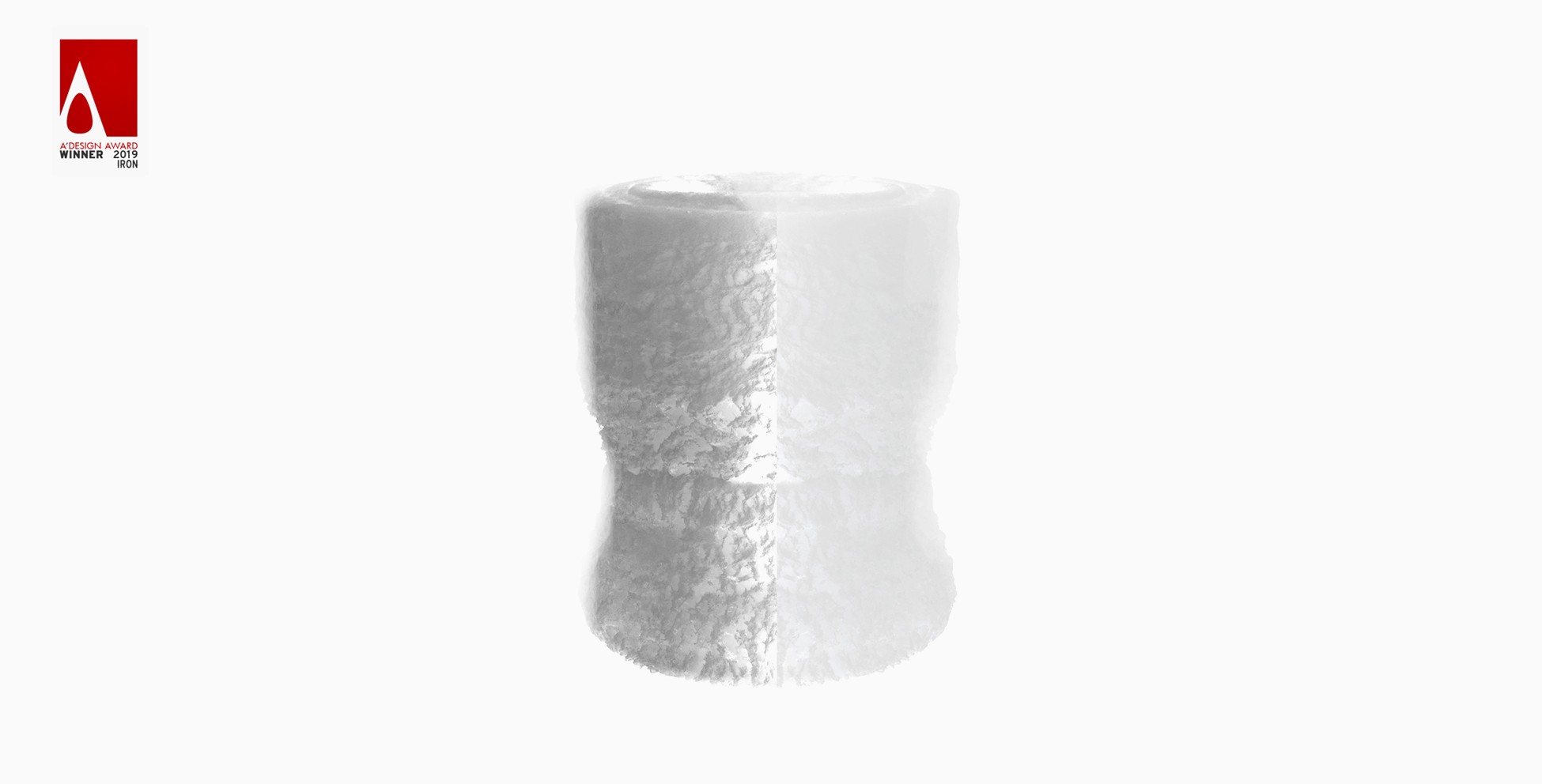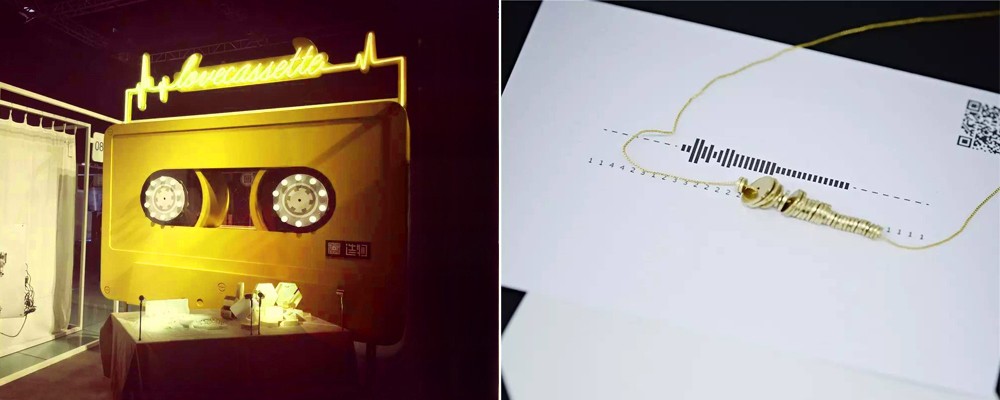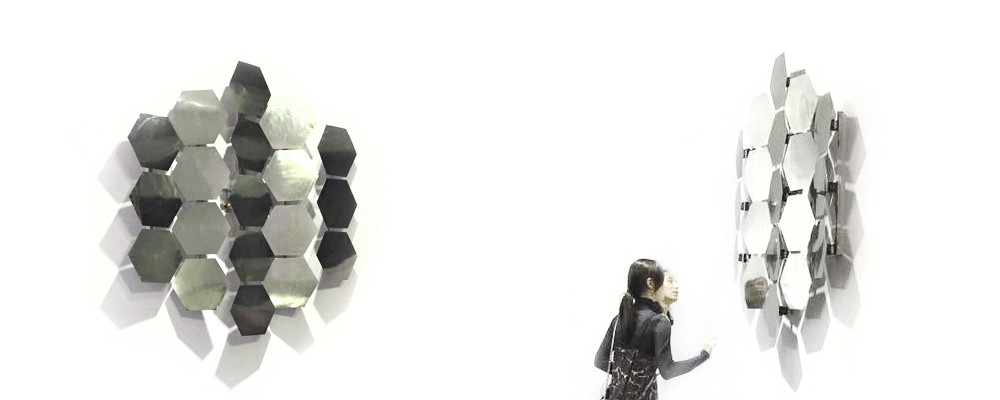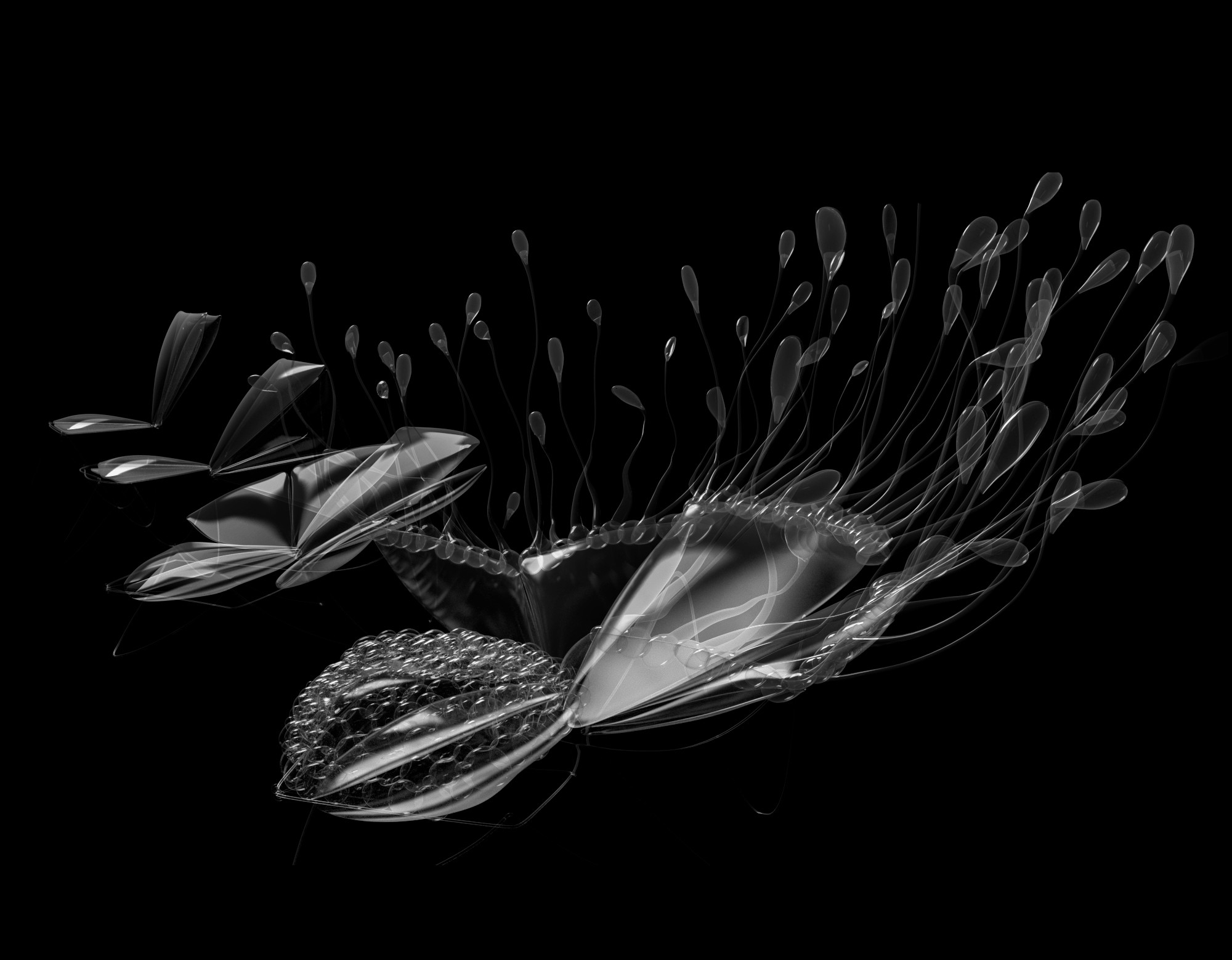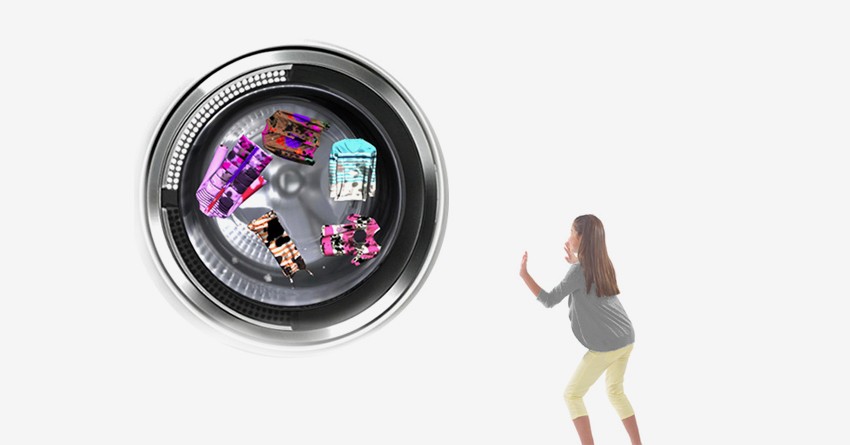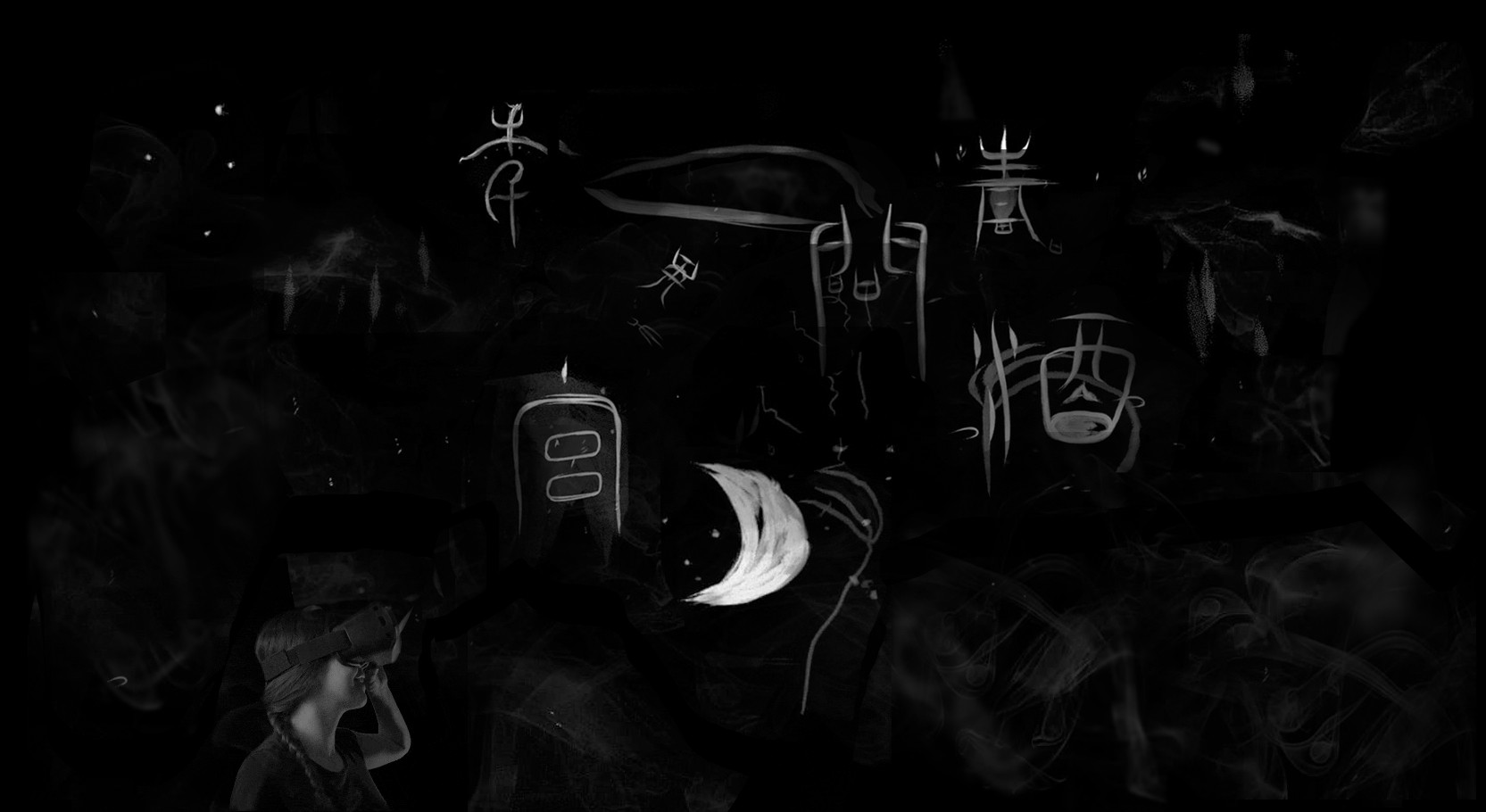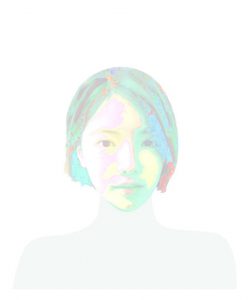
Today we’d like to introduce you to Xiaobi Pan.
Hi Xiaobi, we’re thrilled to have a chance to learn your story today. So, before we get into specifics, maybe you can briefly walk us through how you got to where you are today?
I started as a design student majoring in Industrial Design. And when I graduated from College, I transitioned smoothly from Industrial Design to User Experience Design as back then, the mobile internet industry in China was booming and there’re a lot of job opportunities as a UX designer. After working on app design and web design for a few years, I had the opportunity to invent and design a first-of-its-kind sound interactive installation for a friend’s store, which later became the famous, trend-setting Love Cassette, an interactive installation that turns people’s love messages into sound-wave postcards on the spot. Along with the invention of Love Cassette, I stumbled into the field of HCI (Human Computer Interaction), and Physical Computing by pure accident, and started to create a set of interactive experiences, which now looking back, set the trend for holistic, cross-platform interactive consumer experience design in China and Asia.
Fast forward a few years later, I furthered my design studies at Harvard Graduate School of Design, with a focus on designing for and with emerging technologies, particularly ARVR (augmented reality and virtual reality), robotics, smart computational materials, etc. My master’s program prepared me to explore the design opportunities at the forefront of technologies, and after graduation, I worked at Mastercard’s Innovation Lab, leading its New Interface Group to experiment with not only new payment technologies but new interactive, cutting-edge technologies, including 5G, gaming, voice interaction, ARVR, AI, IOT, quantum computing, etc. It was fun and exciting, and I ended up creating a lot of social-impact driven, new technology solutions for merchants, businesses, and consumers, including what later became the Priceless Planet Coalition, which is about to plant 100 million trees on the planet based on consumer’s “green” shopping behavior, the Mastercard Donation Platform, the Mastercard Smart Contract Platform, and its first immersive shopping experience, the Mastercard Virtual Unattended Store. Now, I’m working as a Lead Designer at Amazon, reinventing mobile shopping experiences with Augmented Reality, Computer Vision, and AI technologies. Apart from work, I’m also passionate about creating music, writing, and starting my own business.
I’m sure it wasn’t obstacle-free, but would you say the journey has been fairly smooth so far?
Of course not. I experienced a few major obstacles, and over the years, some of them I found ways to get around, others, still wait to be addressed.
For example, as a designer, one is sort of expected to have great drawing skills (or at least decent drawing skills). The fact that I can’t draw was really frustrating for me in the first few years as I was studying design. Luckily, my shift from Industrial Design to User Experience Design out of external market requests saved me from the pain of drawing (or hand-sketching) to a great extent. As a UX Designer, one can get away with only drawing square pages and buttons, and what’s even better, there’s software that can help me do that. So, this obstacle kinda of dissolved itself as I made the gradual shift into being a UX Designer.
Another major obstacle I faced, and I’m still facing, is the conflict between what I enjoy doing the most and what is most scalable + most efficient from an ROI perspective. I still want to go back to create those one-of-its-kind interactive installations, but I would need to find ways to address its scalability and profitability problems.
Thanks – so what else should our readers know about your work and what you’re currently focused on?
Within the design field, I mainly focus on traditional user experience design and cutting-edge technology product design, bridging the gap between design and human-computer interaction. When I say cutting-edge technology, I’m referring to technologies such as ARVR (Augmented and Virtual Reality), robotics, voice interaction, computational materials, quantum computing, and others. They can be seen as new forms of human-computer interaction and some cutting-edge technologies. In fact, I have indeed worked on products and experience designs based on all these technologies, but my main focus remains on ARVR design.
For example, I designed an AR glasses-based building data visualization application for Harvard’s Green Building Center. With AR glasses, you can see the temperature, humidity, wind speed, airflow direction, energy consumption, and more for every part of the building. This can assist building management personnel in better controlling the energy consumption details of a large building. Another example is a VR application I designed for learning photography composition. With VR glasses, you can take pictures in a virtual world according to your preferred composition for provided scenarios. The app then informs you how a professional photographer, facing the same scenario, would stand at which angle and use what composition. Since it’s a virtual world, it can truly ‘transport’ you to the same angle, allowing you to learn photography composition in an immersive way. Applications like these, which are more functional in the ARVR domain (for education, research, training, healthcare, shopping, etc.), are my focus. Of course, I have also worked on some artistic, entertaining, and interactive experiences, such as a new type of Chinese poetry experience in VR and interactive immersive experiences in VR, exploring more possibilities for these new media in storytelling, interaction, and conveying beauty.
In addition to ARVR, interactive installations, physical computing, and designs bridging the physical and virtual worlds (physical + digital) are another focus of mine. I have a strong belief that the time we are in now is very special, and in the long river of history, it’s an unprecedented point. How will the accumulated experiences of humans as a species and the interactions with the atomic world in the physical realm affect our experiences coexisting with bits in a continuously digitized world? This is something I want to explore through a series of physical + digital design works. Of course, to a large extent, my thinking has also been influenced by Mark Weiser and Professor Hiroshi Ishii of the MIT Media Lab.
Starting from 2015 to 2023, my personal work has gradually shifted from physical to purely digital. In the evolution of my portfolio, I have also felt the influence of the trends of the times. By the way, my portfolio is available at https://irispan.net. When documenting these works, I emphasize recording the entire design process, not just the results. Because I believe that design is an endless process, and the result is only a ‘temporary’ presentation of it, even though our culture places great importance on the results. But actually, from the origin of inspiration to in-depth exploration to the continuous materialization of the presentation, each design phase is where the fun lies.
Do you have any advice for those looking to network or find a mentor?
LinkedIn, Through introductions of friends or teachers who know them, Presenting your work at conferences, Accepting interviews, Showcasing your work on famous industry websites, etc.
For me personally, all of the above has worked well.
Contact Info:
- Website: https://irispan.net/
- Linkedin: https://www.linkedin.com/in/irisxpan/
- Youtube: https://www.youtube.com/channel/UCSadlzsG0GXjnpmy5qOJlcQ
- Other: https://www.zhihu.com/people/iris.pan
